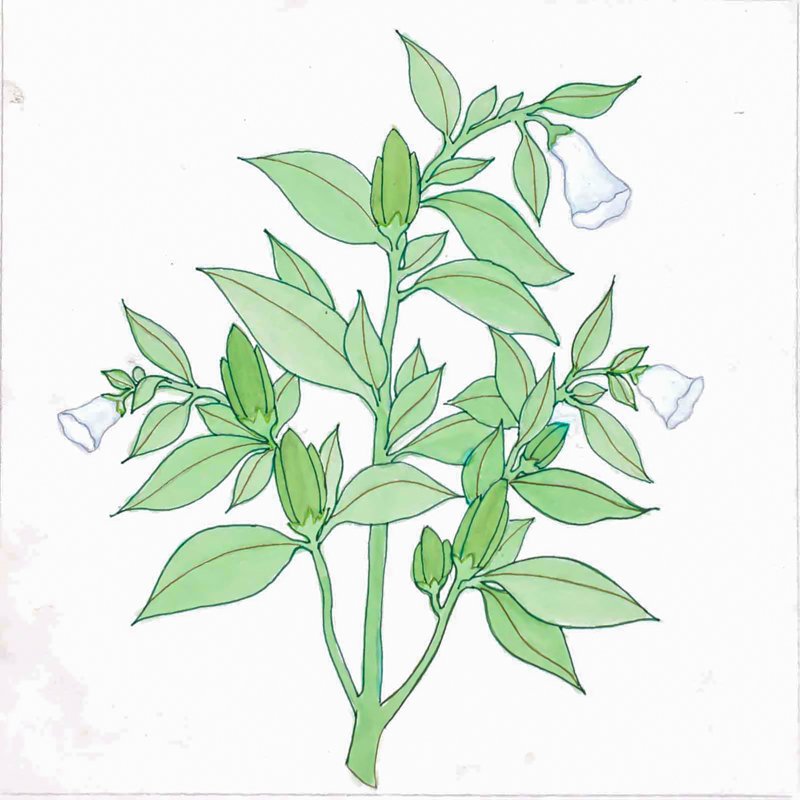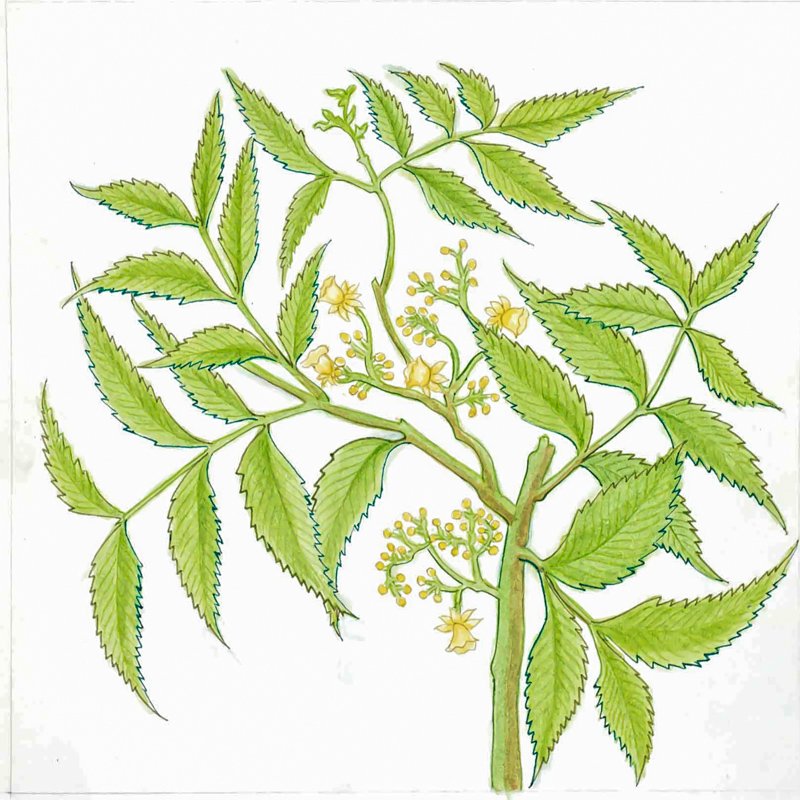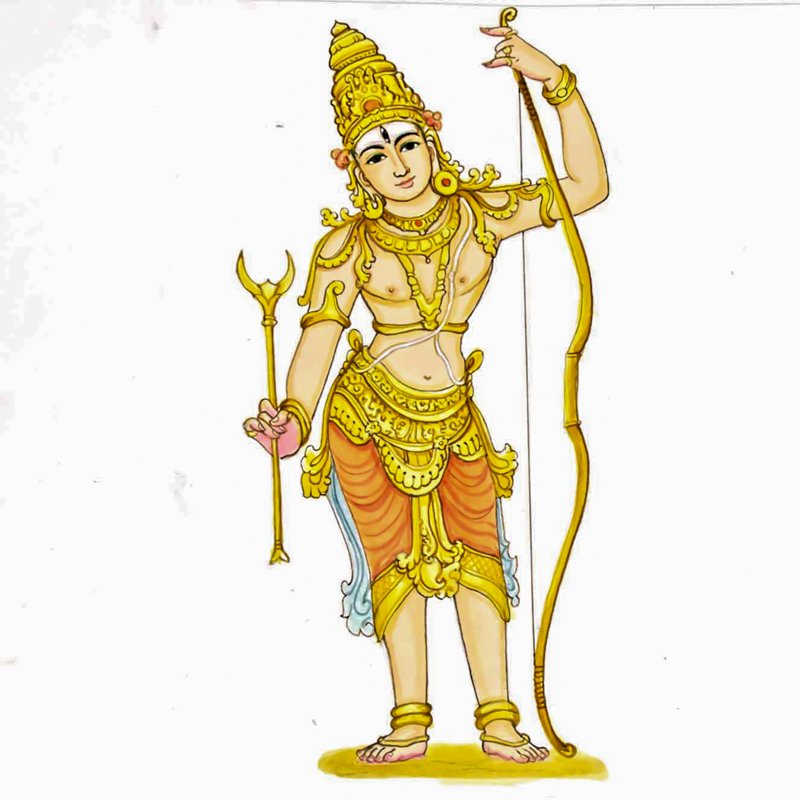Pillar Nineteen
Artwork by A. Manivelu
Top

NORTH FACE:
GingerGinger is an important food and medicinal item in India, and is grown widely on Kauai.

EAST FACE:
SesameSesame (Sesamum indicum) is a flowering plant which yields highly nutritious seeds that are popular in Indian cuisine.

SOUTH FACE:
NeemNeem is a tree, Azadiracta indica, which provides highly medicinal leaves that are commonly used to treat skin ailments. It also has dental and insect control uses.

WEST FACE:
ChakraThis is the wheel of dharma, the single most important symbol in Buddhism. Historically, the dharmachakra was often used as a decoration in Hindu and Buddhist temples, statues and inscriptions, beginning with the earliest period of Indian Buddhism to the present. It remains a major symbol of the Hindu and Buddhist religions today.
1 of 4
Middle

NORTH FACE:
Start of LearningVidyarambha is “the commencement of learning.” In this important samskara, a child usually writes his or her first letters in a tray of uncooked rice.

EAST FACE:
Sacret Thread RiteUpanayana, “bringing near,” is a young boy’s formal initiation into Vedic study under a guru, traditionally as a resident of his ashrama. It includes the investiture of the sacred thread (yajnopavita or upavita), held in the boy’s hand here and signifying entrance into one of the three upper castes. The upanayana is among twelve samskaras prescribed in the Dharma Shastras and explained in the Grihya Sutras. It is prescribed between ages 8-16 for brahmins (who received a white thread), 11-22 for kshatriyas (red thread), and 12-24 for vaishyas (yellow thread). At present the color white for the sacred thread has been adopted universally. The upanayana is regarded as a second or spiritual birth, and one so initiated is known as dvija, “twice-born.” Until about the beginning of the common era, the upanayana was also afforded to girls. Great value was placed on their learning the Vedas in preparation for the duties of married life.

SOUTH FACE:
Marriage RiteVivaha is the marriage samskara/ceremony. Bride and groom take steps around a holy fire.

WEST FACE:
Funeral RiteAntyeshti or “last rites” is the name of the final samskara at the end of life, the funeral and cremation.
1 of 4
Bottom

NORTH FACE:
KirathaKiradha is a traditional form of God Siva.

EAST FACE:
EkapadaEkapatha, “one-footed,” is a traditional form of Siva. Here God Siva stands on one foot, with the torsos of Vishnu and Brahma as part of Him.
1 of 2
